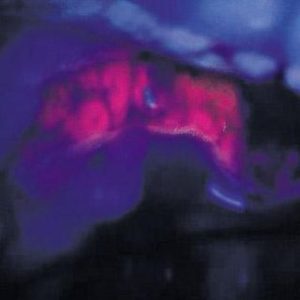 Coral Springs, FL—December 20, 2016—DB Surgical, a business specializing in the distribution of surgical technology, is proud to announce national certification as a Women’s Business Enterprise by the Women’s Business Development Council of Florida, a regional certifying partner of the Women’s Business Enterprise National Council (WBENC).
Coral Springs, FL—December 20, 2016—DB Surgical, a business specializing in the distribution of surgical technology, is proud to announce national certification as a Women’s Business Enterprise by the Women’s Business Development Council of Florida, a regional certifying partner of the Women’s Business Enterprise National Council (WBENC).
WBENC’s national standard of certification implemented by the Women’s Business Development Council of Florida is a meticulous process including an in-depth review of the business and site inspection. By including women-owned businesses among their suppliers, corporations and government agencies demonstrate their commitment to fostering diversity and the continued development of their supplier diversity programs.
To learn more about DB Surgical, please visit www.dbsurgical.com.
About DB Surgical:
At DB Surgical, we are dedicated to bringing transformational surgical technologies to hospitals and surgery centers. We offer a wide range of surgical products designed to enhance patient outcomes and reduce procedure costs. Our focus is on microsurgical and minimally-invasive procedures in the surgical disciplines of Neuro, Spine, ENT, Ophthalmic, Cardiovascular, and Plastic Reconstructive.
From our headquarters in Coral Springs, FL, we serve hospitals and surgery centers located in Florida, Georgia, and Alabama. We currently have 19 team members located throughout our footprint that provide customers with robust product training and support on each product we carry.







 A stable red reflex is one of the most important features of an ophthalmic surgical microscope for cataract surgery. It’s the red reflex that makes the structure of the lens visible and thus makes for an uncompromised view for a successful and secure surgery. One of the challenges with visualization is enhancing the red reflex particularly during phacoelmusification, cataract extraction and also during the intraocular lens surgery.
A stable red reflex is one of the most important features of an ophthalmic surgical microscope for cataract surgery. It’s the red reflex that makes the structure of the lens visible and thus makes for an uncompromised view for a successful and secure surgery. One of the challenges with visualization is enhancing the red reflex particularly during phacoelmusification, cataract extraction and also during the intraocular lens surgery.

 Morrisville, NC, USA. Leica Microsystems’ optical coherence tomography (OCT) division Bioptigen received 510(k) clearance from the U.S. Food and Drug Administration (FDA) to market its EnFocus intrasurgical OCT system. EnFocus is an upgrade solution for new and existing ophthalmic surgical microscopes, extending their capability. EnFocus allows visualization of ocular tissue microstructure during ophthalmic surgery in high-resolution, thereby providing both anterior and posterior surgeons with subsurface insight while operating.
Morrisville, NC, USA. Leica Microsystems’ optical coherence tomography (OCT) division Bioptigen received 510(k) clearance from the U.S. Food and Drug Administration (FDA) to market its EnFocus intrasurgical OCT system. EnFocus is an upgrade solution for new and existing ophthalmic surgical microscopes, extending their capability. EnFocus allows visualization of ocular tissue microstructure during ophthalmic surgery in high-resolution, thereby providing both anterior and posterior surgeons with subsurface insight while operating.